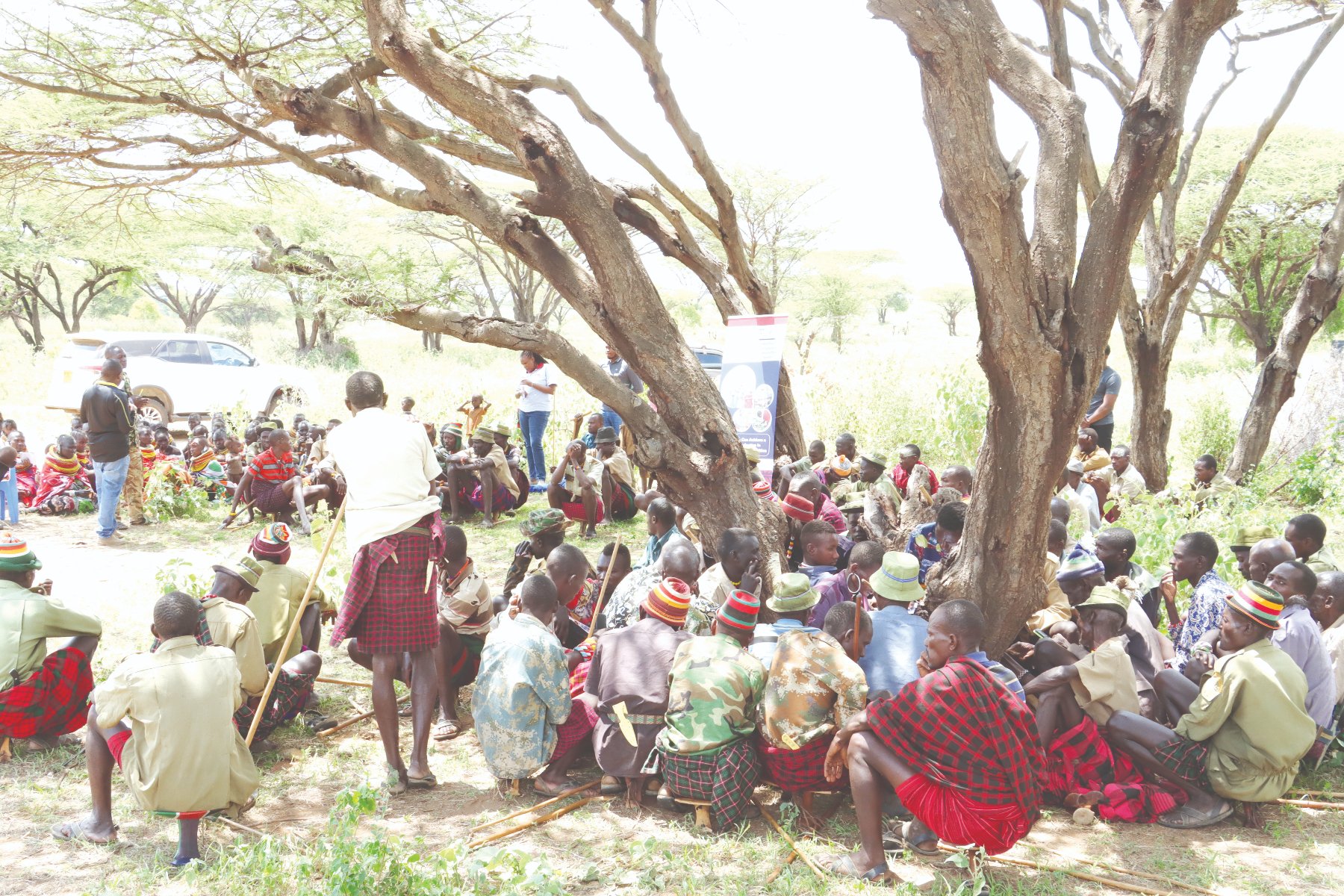Kenya is among countries staring at high food importation costs following effects of changing climatic conditions in the Eastern and Southern Africa regions, experts have warned. They estimate that 70 per cent countries in the region continue to grapple with high cost of living and increased import bill as they endeavour to feed their population.
Speaking during a Public-Private Policy Dialogue and Grain Trade Forum held last week in Dar es Salaam, Tanzania experts warned that more than 60 per cent of the region’s countries are facing low maize production levels following interruption that are a result of climate change.
Despite the low supply of food, Eastern and Southern Africa governments commit to facilitate the private sector to undertake trade following signing of grain trade contracts valued at $409 million (Sh52.billion).
The forum organised by TradeMark Africa (TMA), Eastern Africa Grain Council (EAGC) and the Alliance for a Green Revolution in Africa (AGRA), concluded that the region will have to rely on markets enjoying surpluses, to feed their population.
Gerald Masila, EAGC executive director said the regional grain trade forum resulted in the signing of trade contracts amounting to 748,854 metric tonnes of assorted grains and pulses valued at $409 million expected to be traded across the region.
“Traders have started executing the new trade deals with EAGC connecting them to the regional commercial banks to secure credit to finance the grain business in the region. We hope the new deals will strengthen trade in the region,” he said.
Only Ethiopia, Tanzania and Uganda are currently enjoying maize surplus and act as the granary which the rest of the two regions will have to import to meet their deficit. “Thus deficit-producing countries of Kenya, South Sudan, Somalia, Rwanda, and Burundi will have to import maize although at a lower level from Uganda, Tanzania and Ethiopia to meet their deficit,” Masila said. He said the competition for the tradable surplus within the region will likely direct more flows to Kenya and the eastern parts of the Democratic Republic of Congo (DRC), where the purchasing power and prices are relatively higher.
Incentivise flows
“Still, proximity to major producing areas will incentivise flows from Western and Southwestern Uganda to Rwanda, Northern Uganda to South Sudan and eastern Tanzania to Burundi,” Masila stated.
The forum attracted 120 delegates, including producers, traders, millers, and exporters from Kenya, Uganda, Tanzania, Rwanda, Burundi, Democratic Republic of Congo (DRC), Malawi, Zambia, and Ethiopia. During the 2024/25 production year 438 770 metric tonnes of maize valued at $153.5 million will be traded within the region. According to Masila maize prices are expected to follow seasonal trends across all countries but generally remain lower than last year due to increased domestic supply, except in Ethiopia, South Sudan, and Somalia.
This, he explained, is because of localised areas of below-average production, conflict-related disruptions in supply, and persistent inflation, adding that prices are expected to remain higher than average in most countries because of high production, fuel, and transport costs.
“The prices are expected to be lower than average in Uganda and Tanzania because of increased domestic supply and lower shortfalls in deficit countries.”
Nega Wubeneh, head of markets and trade at Alliance for a Green Revolution in Africa (AGRA) noted that the African continent is currently grappling with a $41billion food import bill and the same is expected to increase over $100 billion by 2025.


















